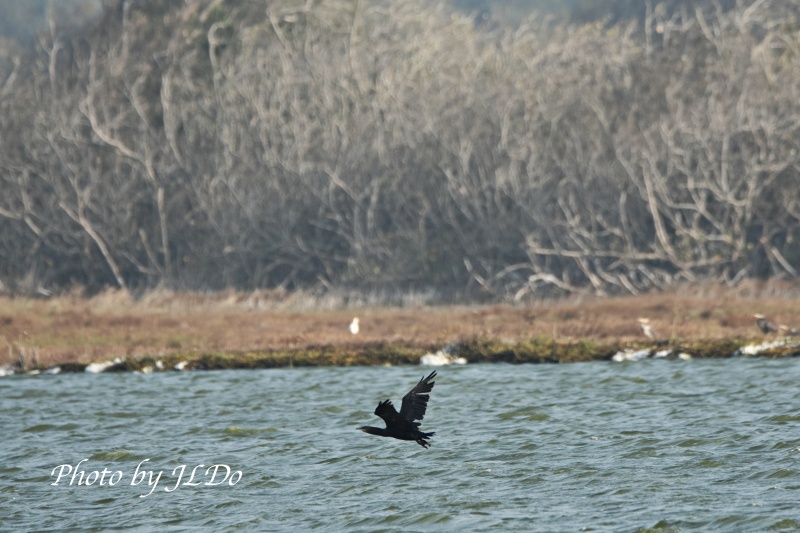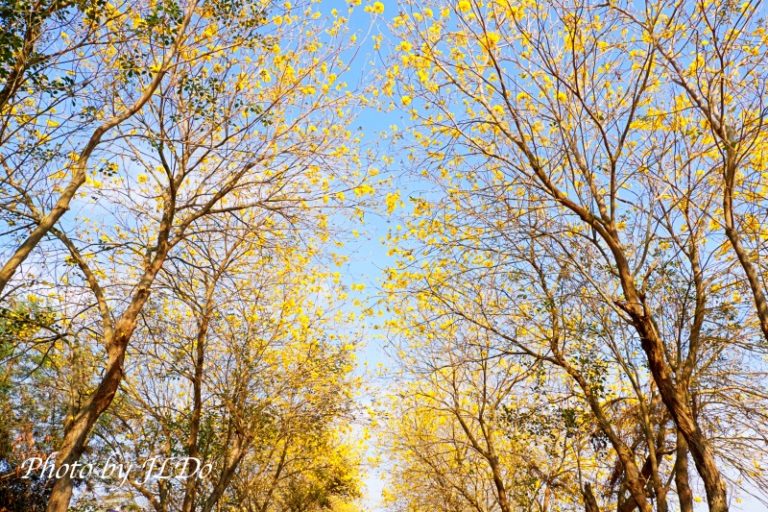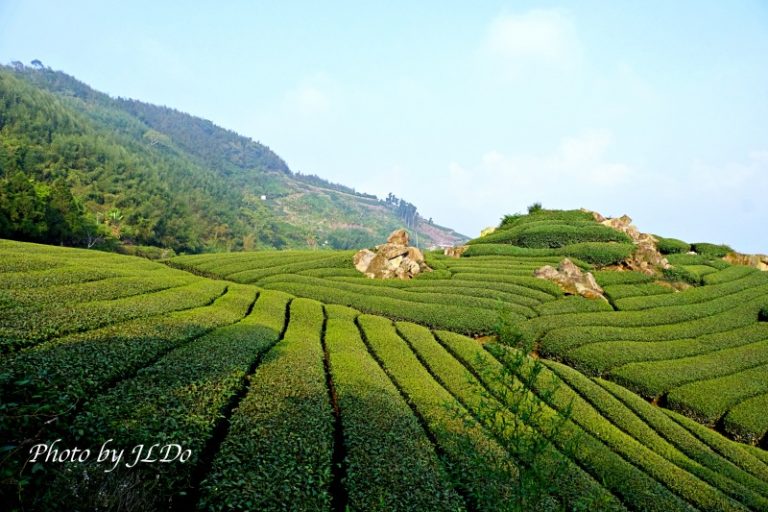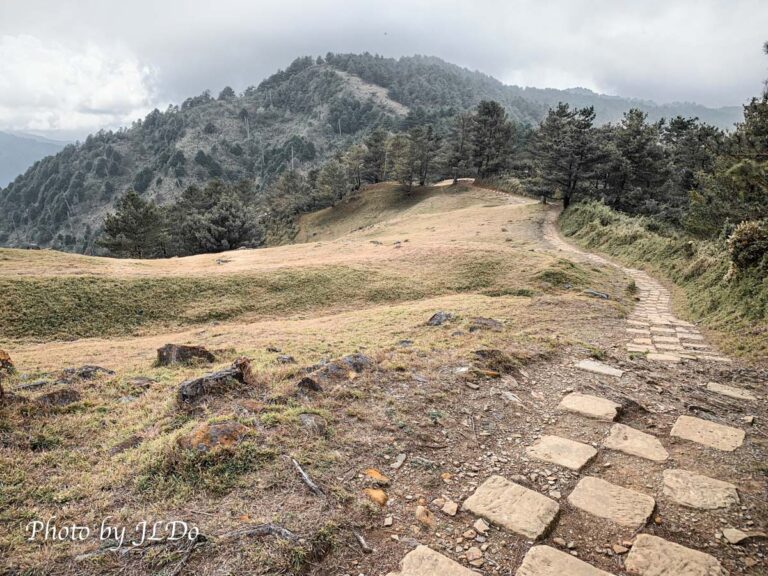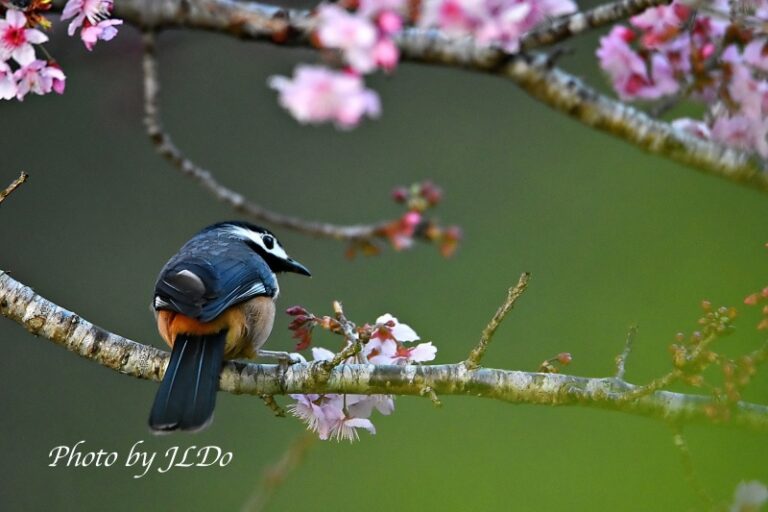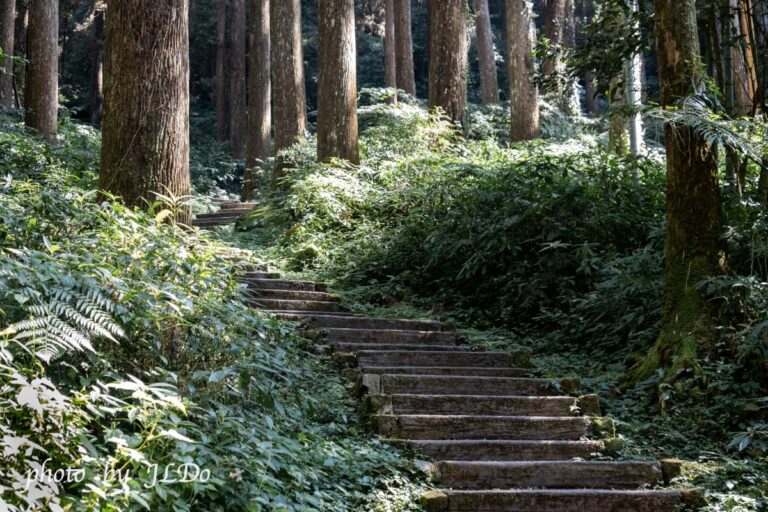Chiayi Aogu Wetlands and Forest Park,birds fly all over the sky.
Chiayi Aogu Wetlands and Forest Park is a paradise for migratory birds, and many bird lovers go bird-watching in winter, and it is also common to see the star bird, the Black-faced Spoonbill, so if you want to experience the ecological tour along the coastline, this is definitely one of the first choices.
Table of Contents
Wetland Ecological Experience Trail
Every winter, Ngau Kwu Wetland is a place where I often come to appreciate the migratory birds. Most people, like me, basically spend most of the time sitting on top of the car, driving around the outer embankment to prevent the route, and there is actually an ecological trail inside the park that you can walk on both feet.
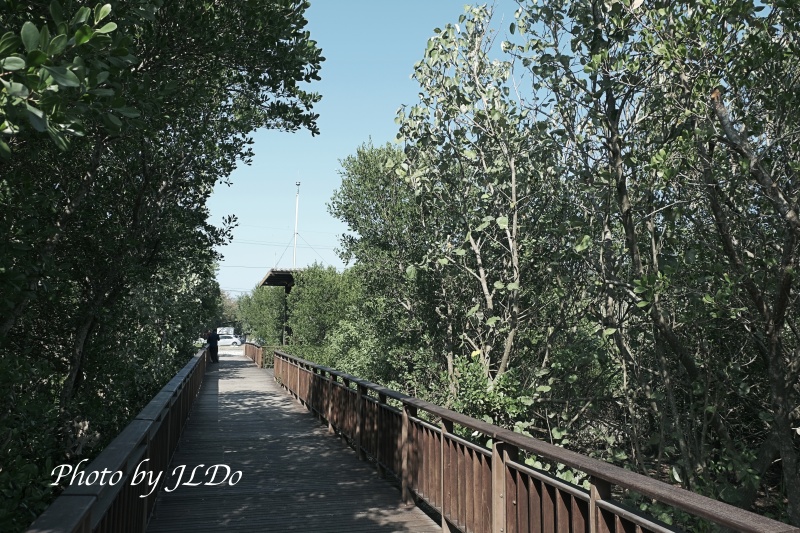
Most of the vegetation along this forest trail is windbreaks made up of jatropha, and there are a few small pavilions where people can rest.
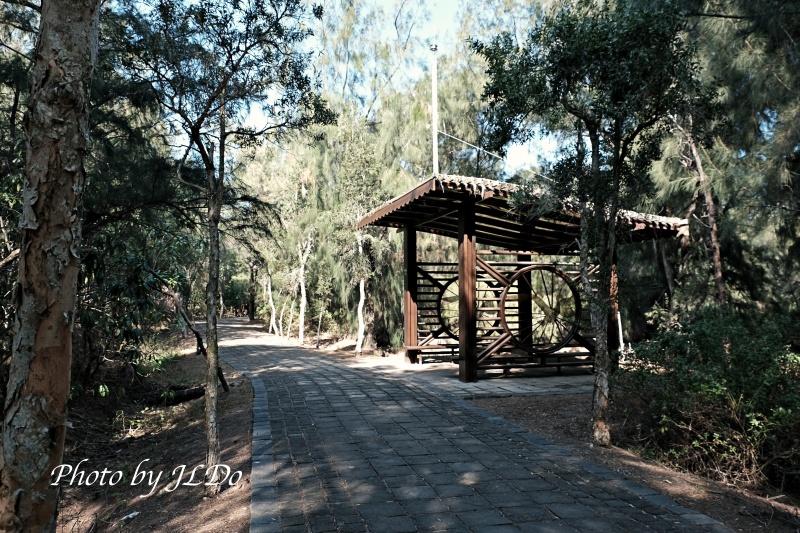
Compared to the outer embankment, the number of visitors on the trail is very low, and I seldom come here myself. However, there is one good thing about this trail: you don’t have to keep blowing in the wind, which makes you dizzy if you stay on the outer embankment for a long time.
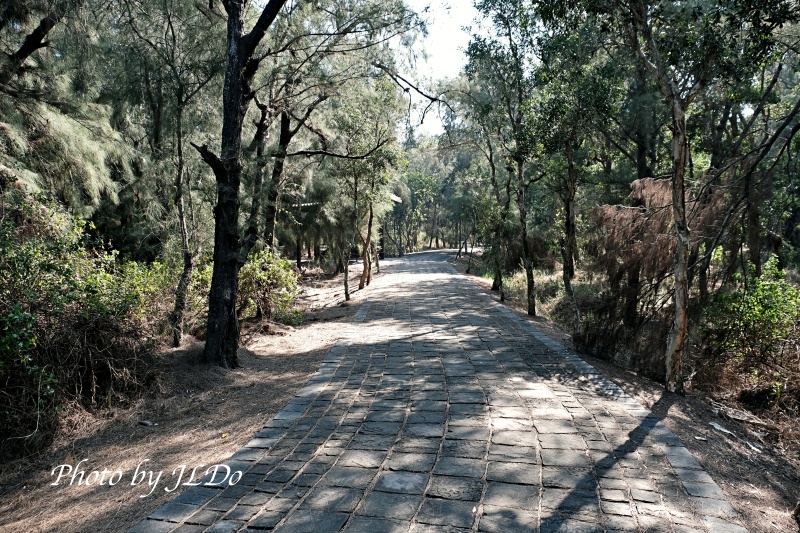
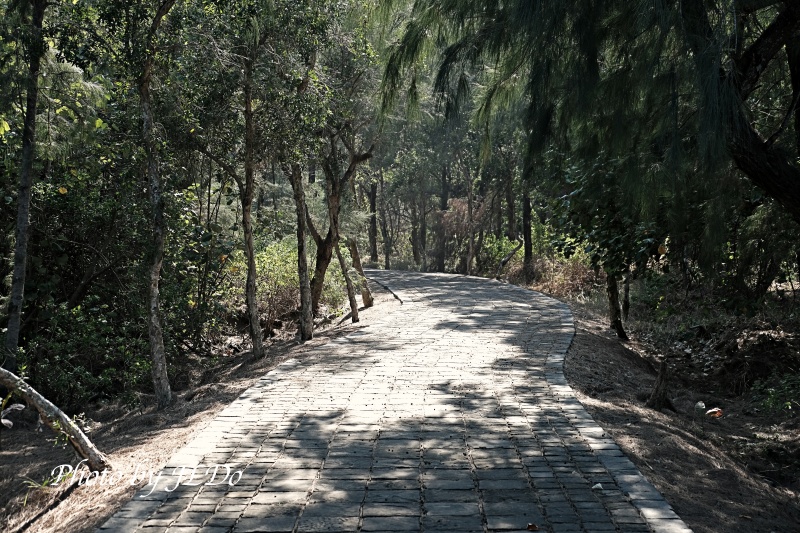
Along the road, the ground is full of the fruits of the wood-hemp.
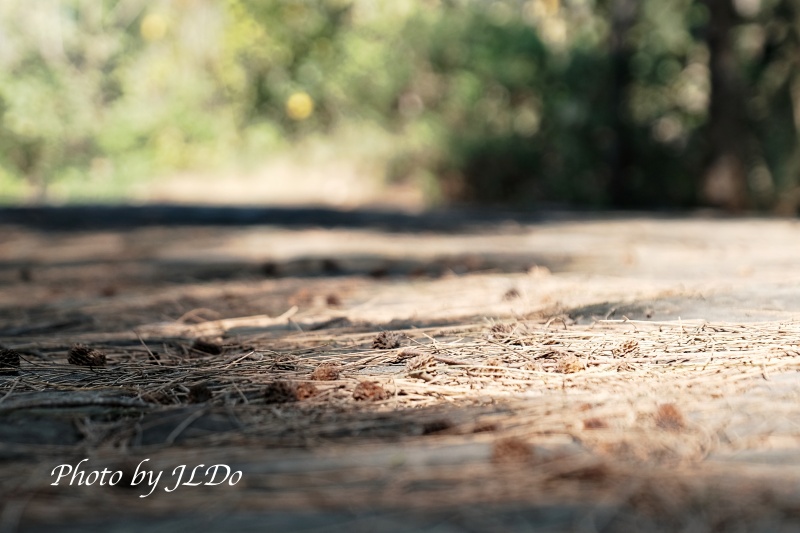
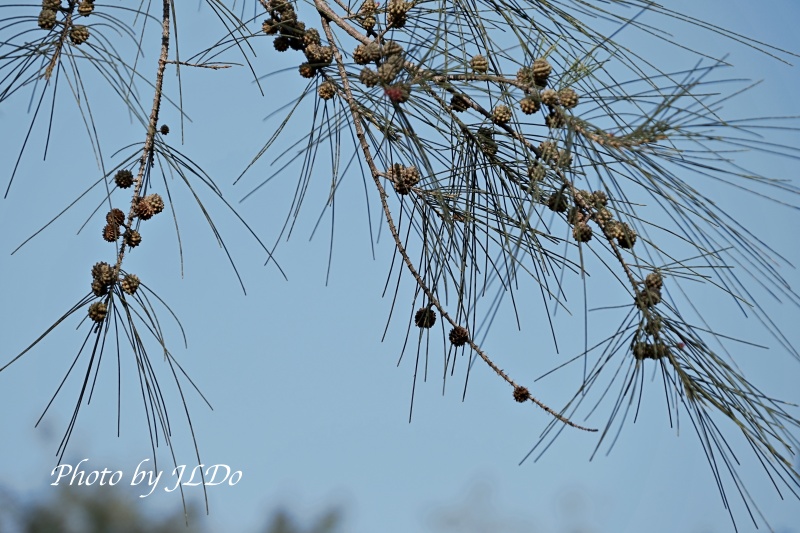
This trail is more than just woodland, as you step out of the forest and a large open wetland awaits you, and looking back, you’ve come out of a field full of mimosas.
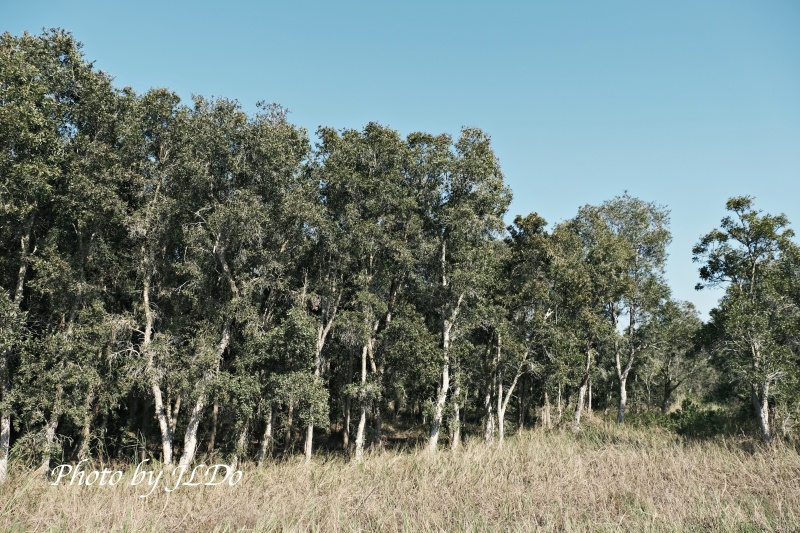
During the winter season, the pond is surrounded by patches of reeds, which sway gently in the wind and are so dense that they cannot be seen from the outer embankment!
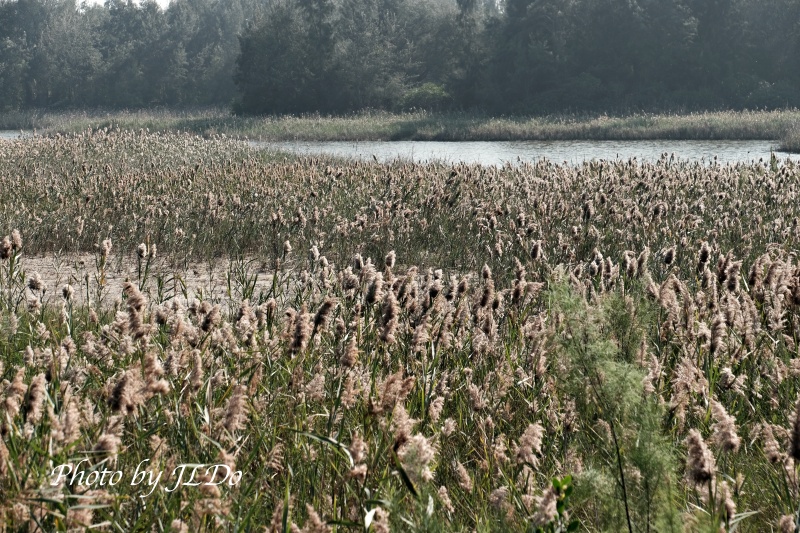
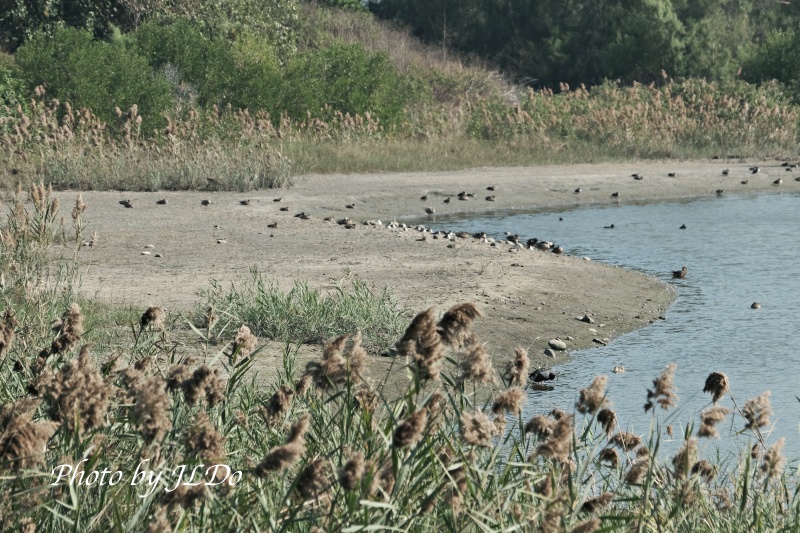
The branches of the trees swayed with the wind, making a whistling sound from time to time.
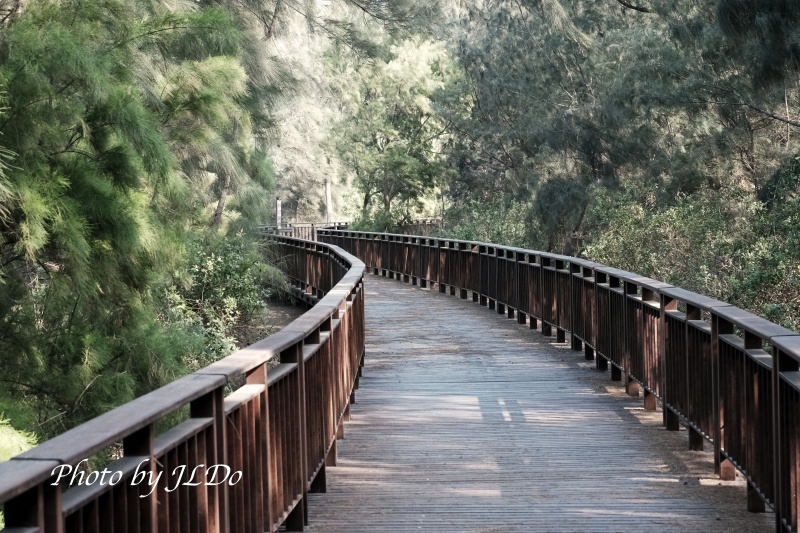
Although the number of waterfowl here can’t be compared to the outer dike, you can take a walk back and forth for about an hour or so. If you have the whole afternoon, you can walk here first and then go to the outer dike to hang out ~, if you just want to see a lot of waterfowl, you can just go to the outer dike directly!
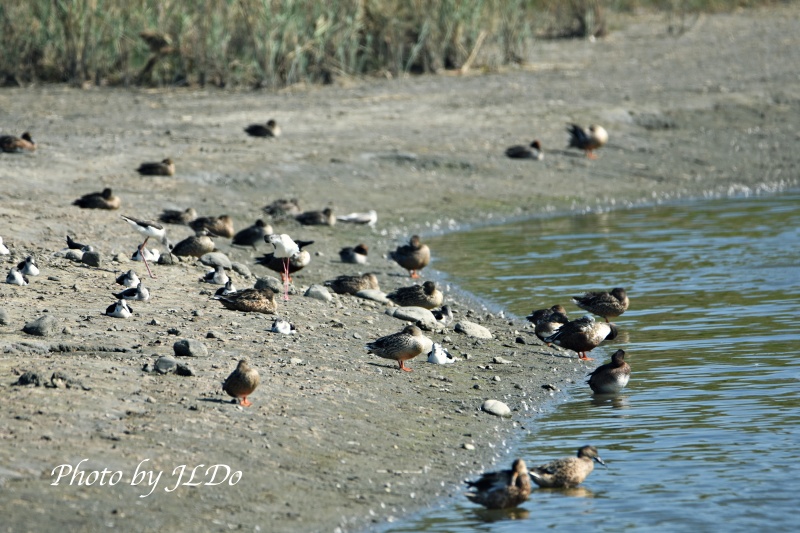
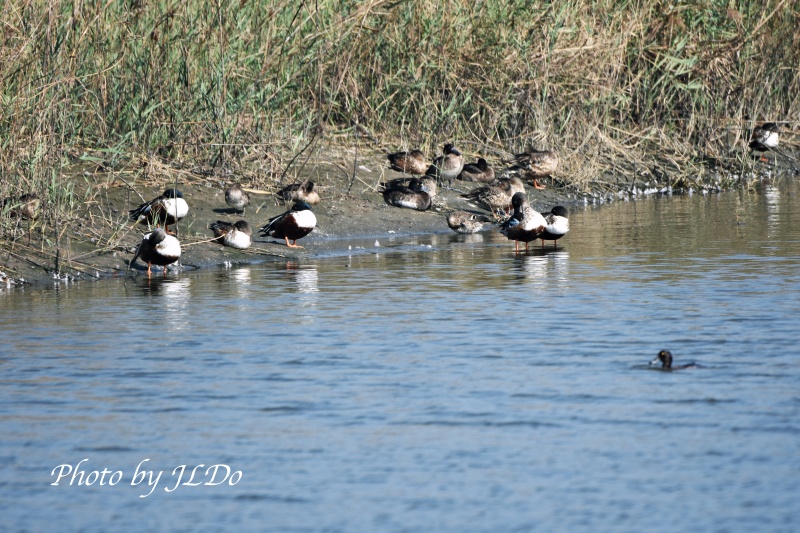
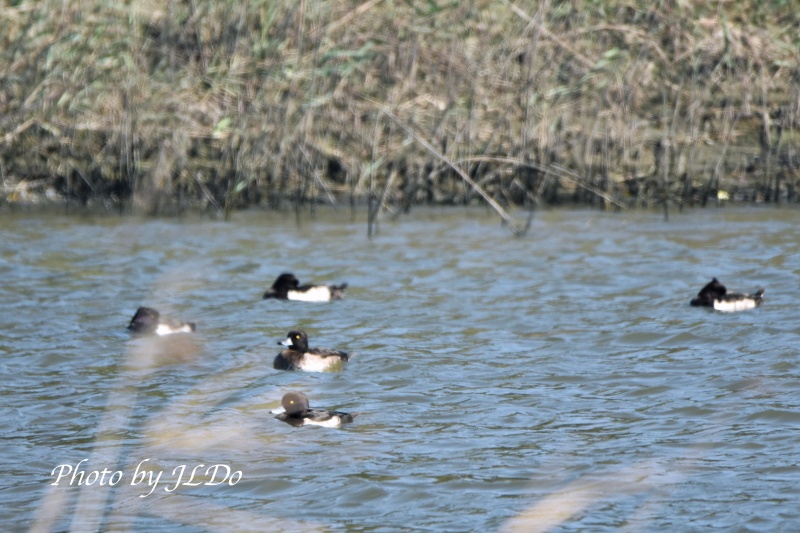
On the way back, I didn’t expect to see nectar-sucking green eyes, which don’t often appear on the windy beach. The number of birds in Ao Drum Wetland is the highest in winter, and there are only a few leftover birds in summer, so November to March is the most suitable season to come here!
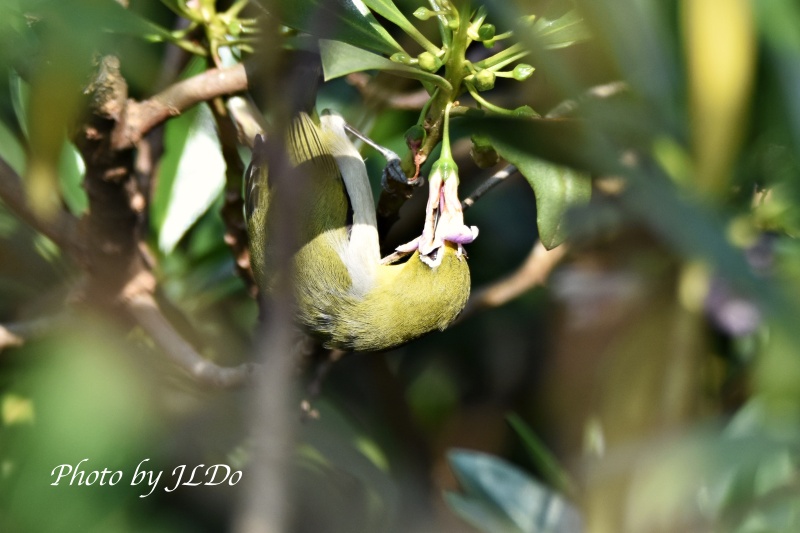
Seaview Pavilion
When going to Seaview Pavilion, you have to pass through a large forest, the whole road is gravel road, it is recommended to drive slowly, cycling or motorcycle is recommended to wear a mask, the car passes through and through the forest wind will raise a lot of dust.
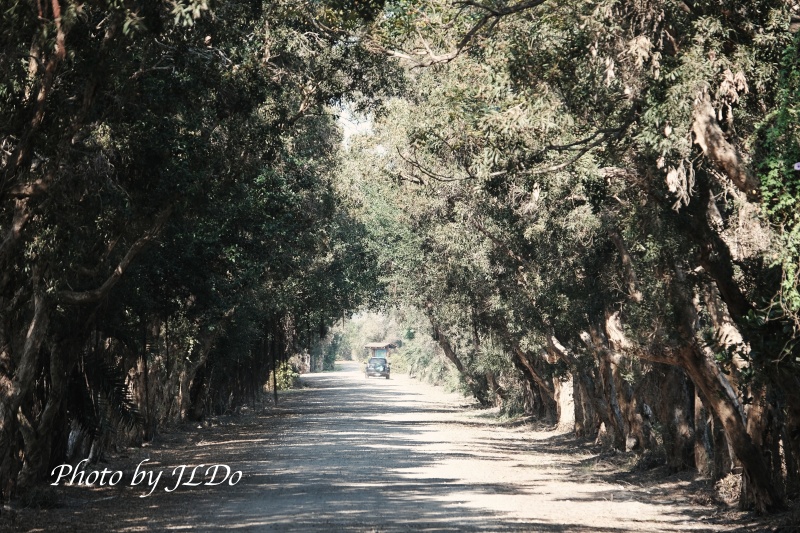
There are also a few wetland pools in the forest where you can see water birds from a close distance! There is less wind in the forest, which makes it a favorite sanctuary for birds. The bird in the photo below is a common stilt-walker throughout the year, easily recognized by its black and white body and long red legs.
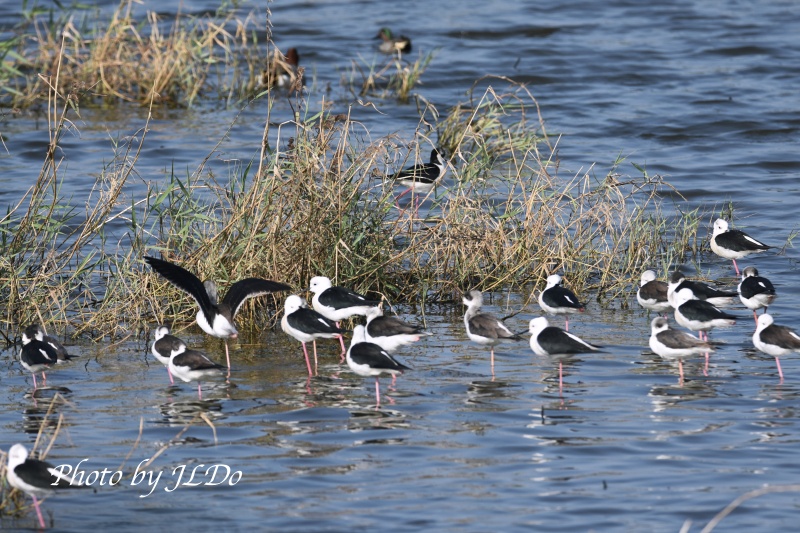
The open space of the parking lot in front of Guanhai Tower Building.
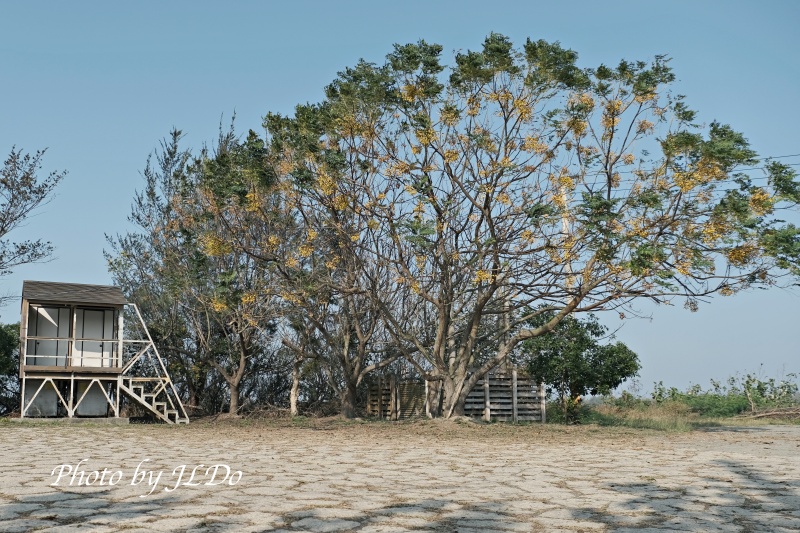
The Observatory is the high point of Ao Kwu Wetland, which is a long way away from the Waterfowl Club, and the scenery is actually quite good – all you can see is a piece of wetland, but there is a narrator here who will update you every day on the species of birds that have been seen on that day, so it is worthwhile to come here and listen to the narration! The commentator will tell you which birds are more common in the area.
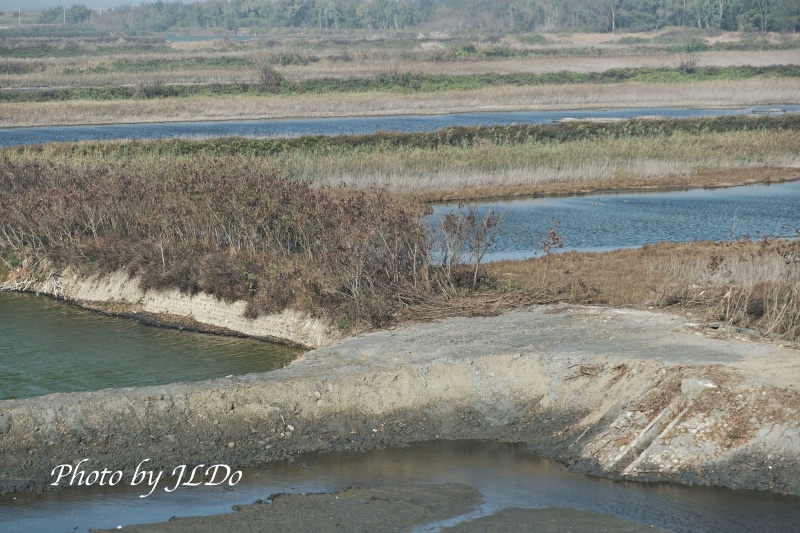
Overlooking the forest floor on the way in.
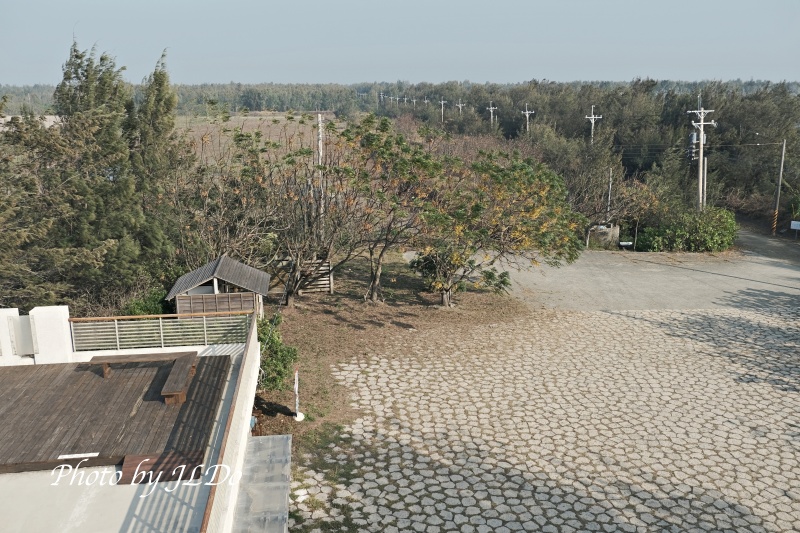
Outer Levee Wetlands (North Levee, Creek Levee, South Levee Wetlands)
The wetland of the outer dike is entered from the north dike, and along the road, we can see a large number of water birds flying in the air, the largest number of egrets and ducks, which is spectacular in good weather, but the number will be much smaller if a cold front comes, and they will hide in the forest to avoid the cold.
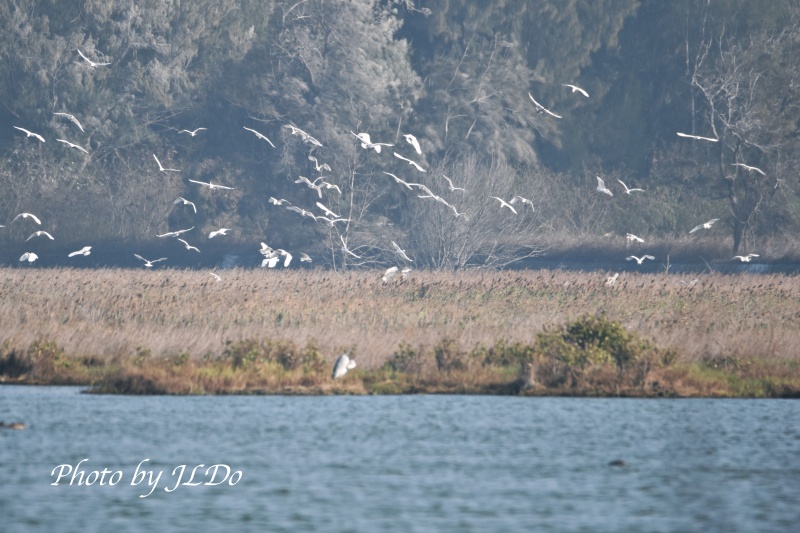
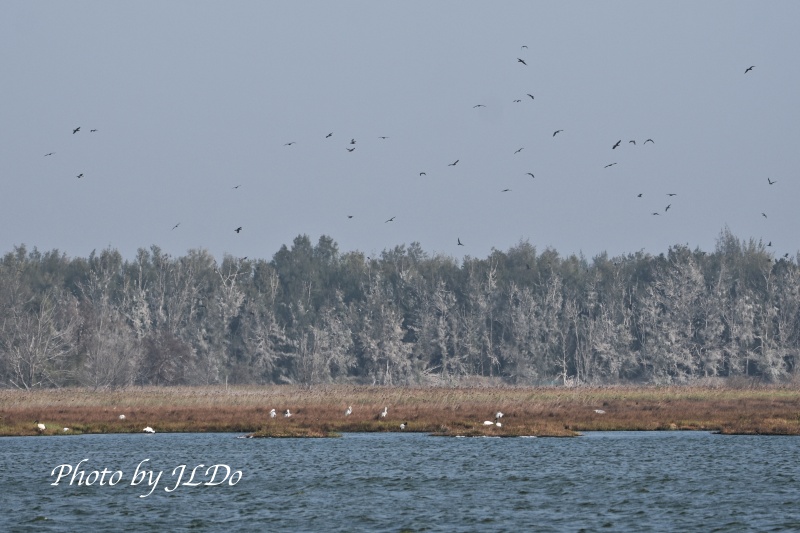
Relatively unafraid of the white-crested rice chickens, there will be many of them in the south dike of Qiandao Lake, the following two pictures were taken near the north dike.
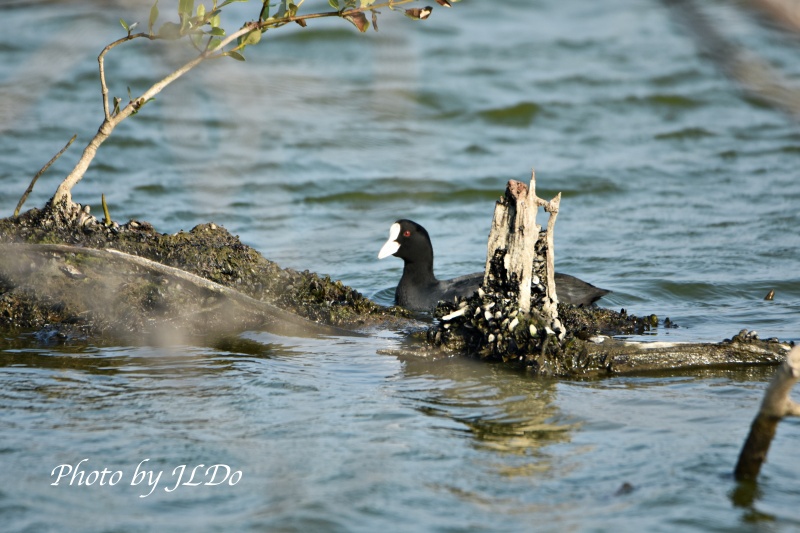
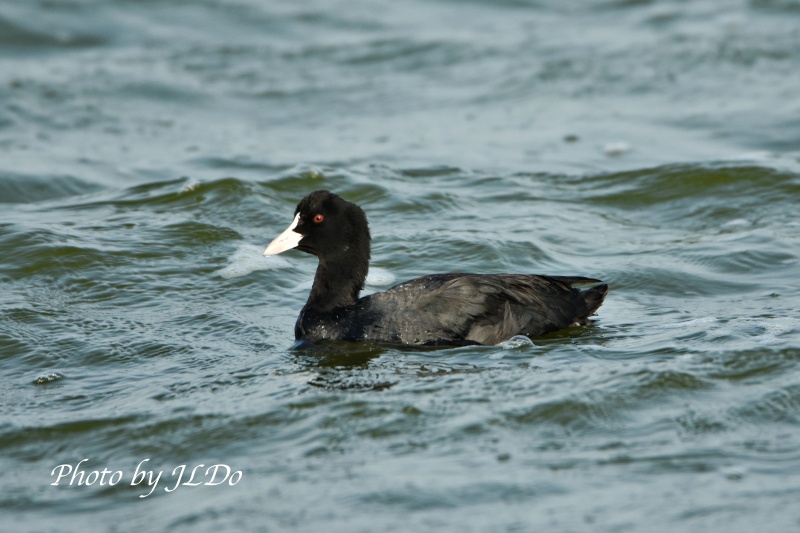
Mullein at the water’s edge provides a good resting place for waterfowl. Clusters of branches inserted into the water attract small fish to hide, and the birds on the branches wait for the fish to swim out.
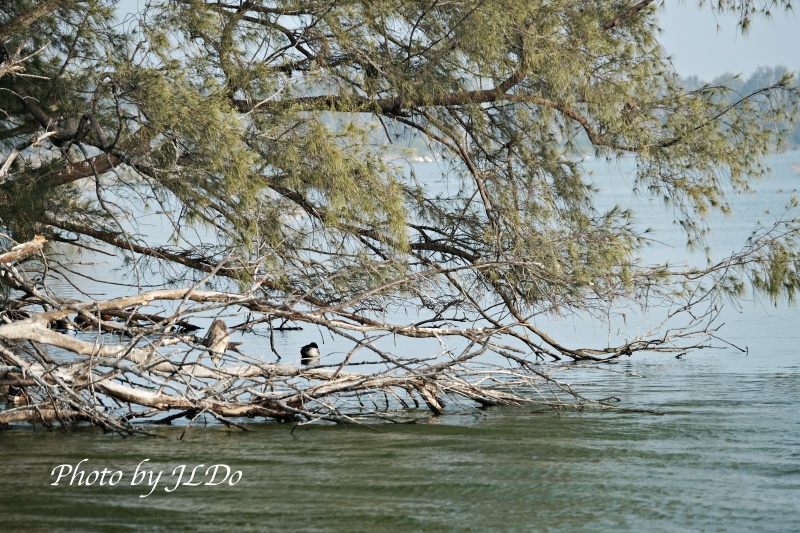
Dead tree branches in the water add storytelling to the monotony of the lake.
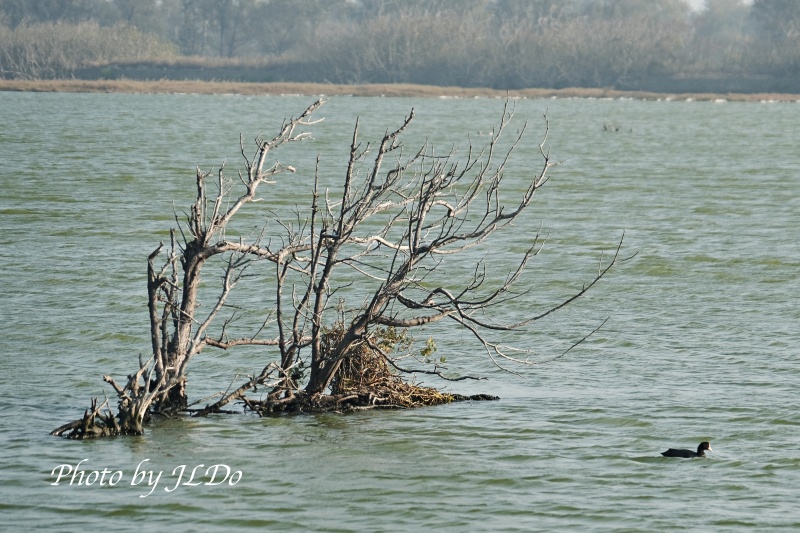
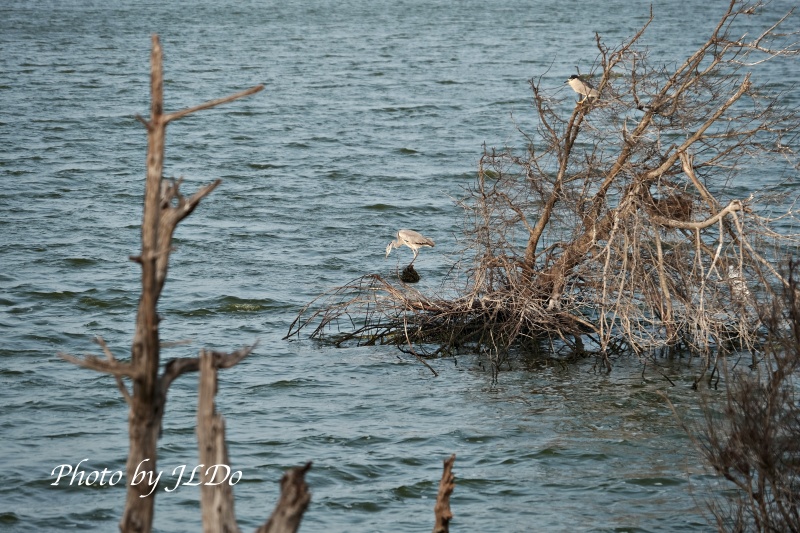
Piping ducks are the most abundant ducks in my opinion, and it is very difficult to see them in many wetlands or fish farms.
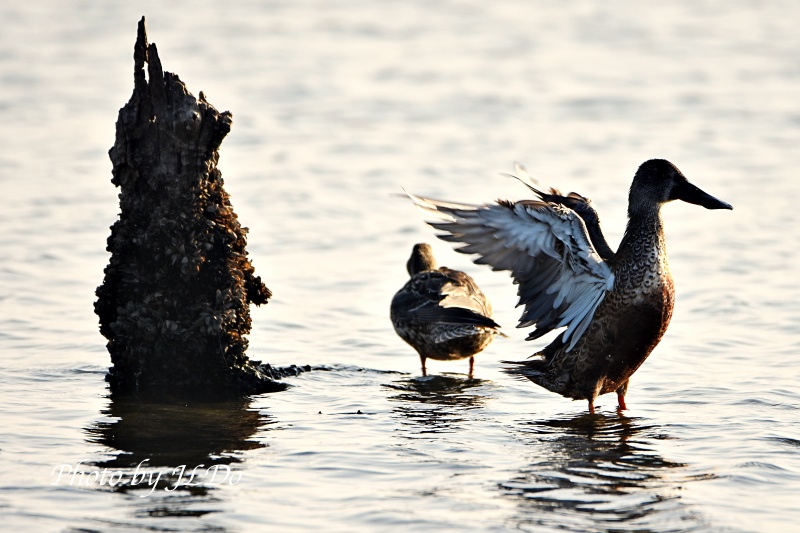
Piping ducks foraging for food will head down vertically, leaving only the buttocks resting on the surface of the water, and then the legs will keep flapping until the head is back on the surface of the water again, this picture is quite a go!
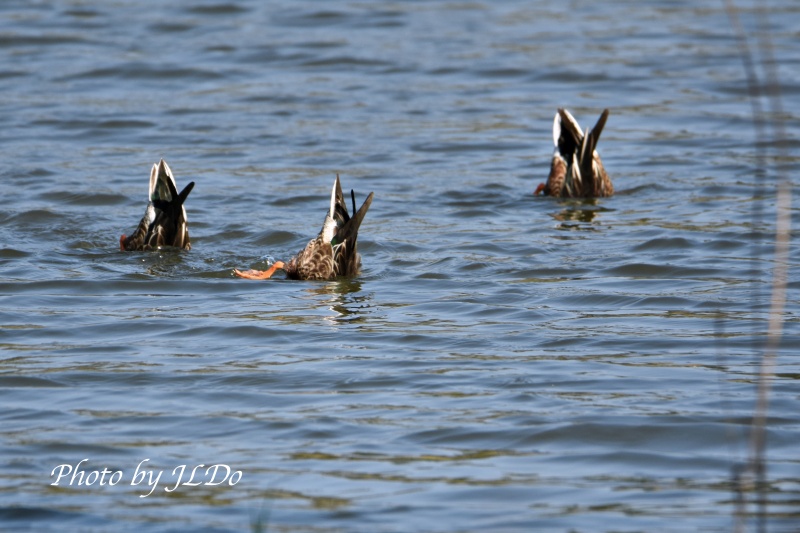
There are many kinds of raptors in Ngau Kwu, and I like to watch them, black-winged kite is the most common one (below). I asked the interpreter that the forests from the west embankment to the south embankment are the most common place to find raptors, but he didn’t recommend me to go to the forests in the outer embankment, because I heard that there would be a fierce pack of wild dogs! The wild dogs in the wetland are very ferocious, I have experienced it myself a few times and I have a very good feeling about it.
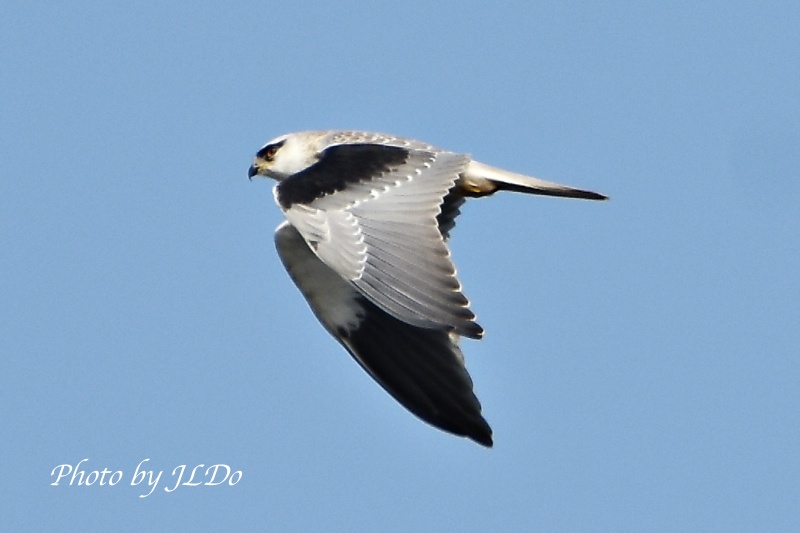
It looks like a lonely night heron, but in fact there are many trees outside the picture.
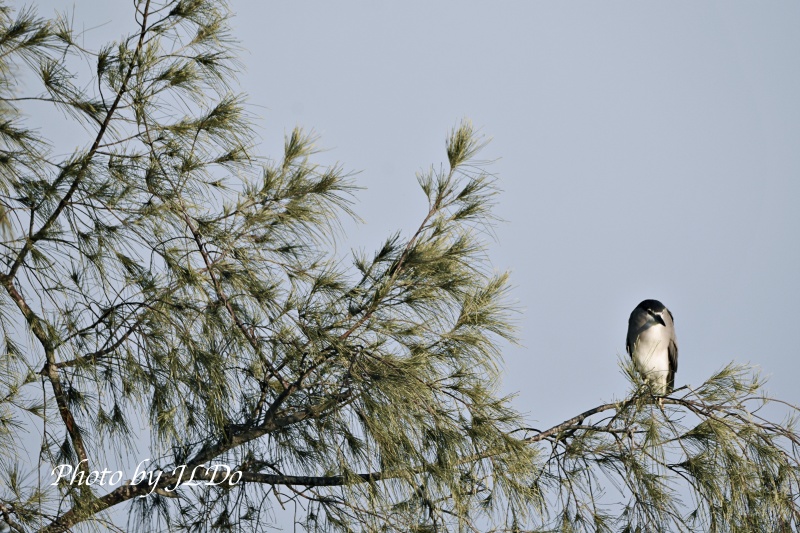
Waterfowl can be found resting on small islands in the lake of the wetland, and the large black waterfowl is the cormorant that dives and eats fish, and the number of cormorants in Ao Drum Wetland is also very considerable.
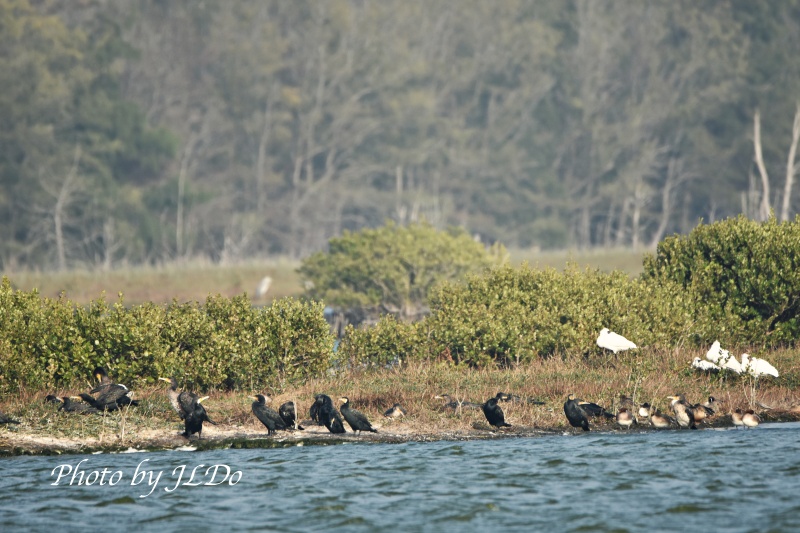
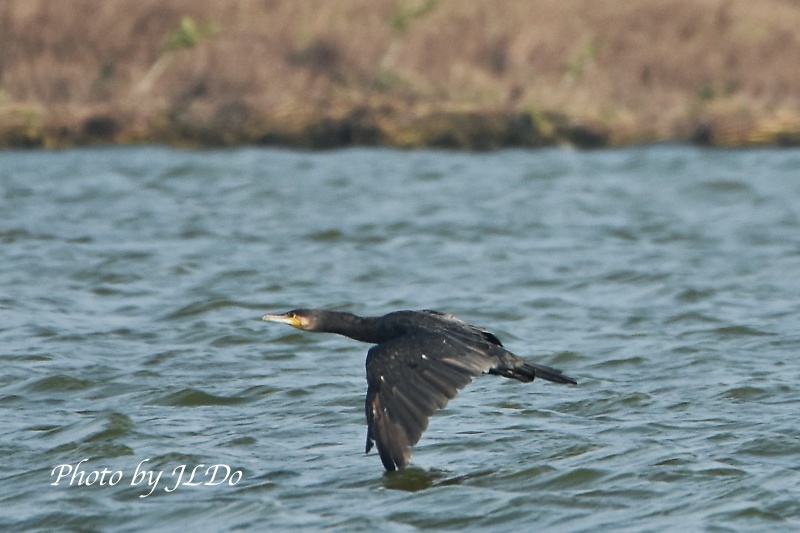
Flying ducks across the water, in any wetland, the take-off and landing of ducks is a very beautiful scene, a group of ducks in the water to help run for a certain distance before taking off, and landing without doing too much cushioning into the water, both processes will splash a lot of splash, it’s very interesting ~!
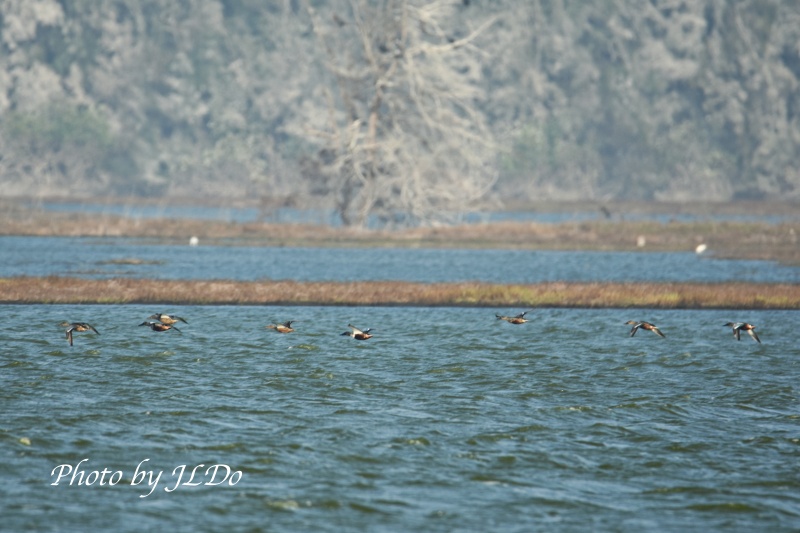
Walking above the dyke at dusk, you can enjoy a beautiful view of the oyster hut sunset. The itinerary is to photograph birds, but most of the time is to enjoy the scenery, and the relationship between the two cannot be separated.
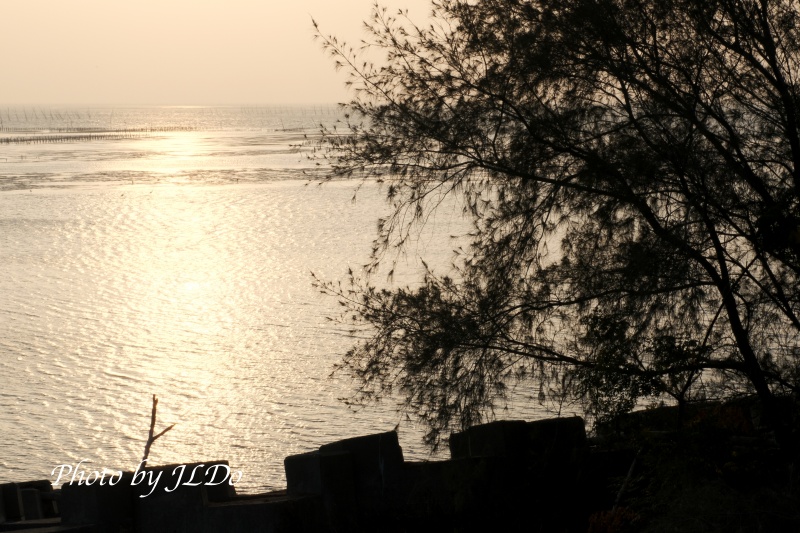
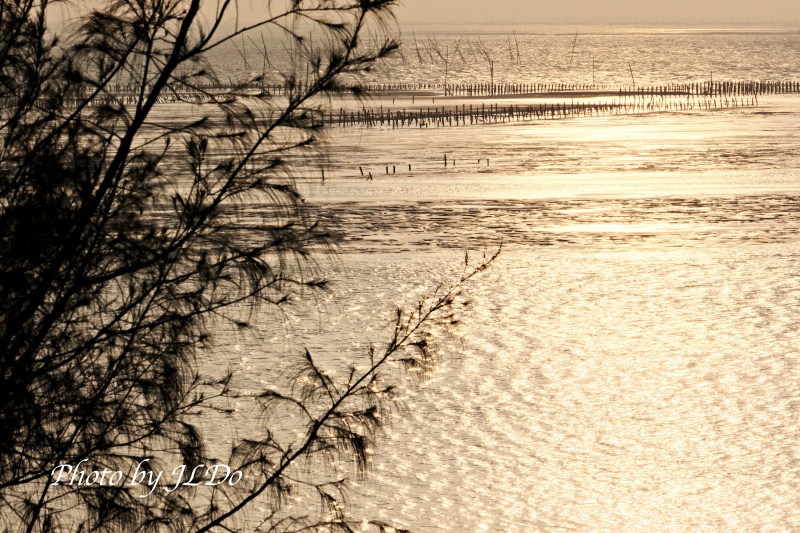
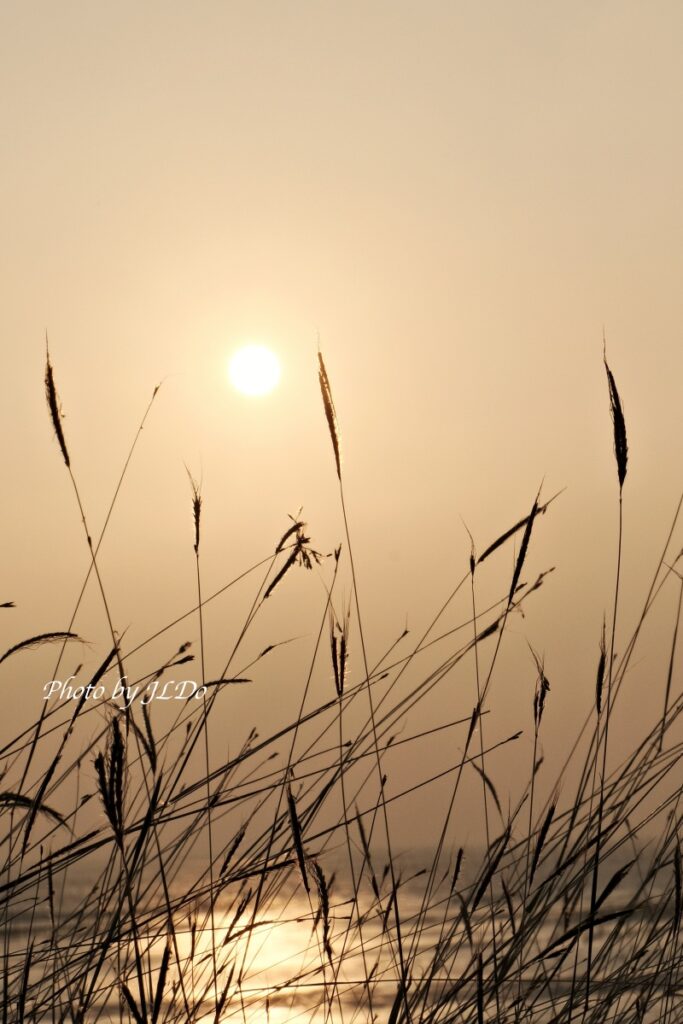
As the sun is about to set, more birds will appear in the sky. Many birds that have flown out to feed during the day are getting ready to return to their habitats for the night, especially the large number of grebes, and for those who are not in a hurry, you can stay here until after five o’clock, and you’ll find a lot of exciting moments.
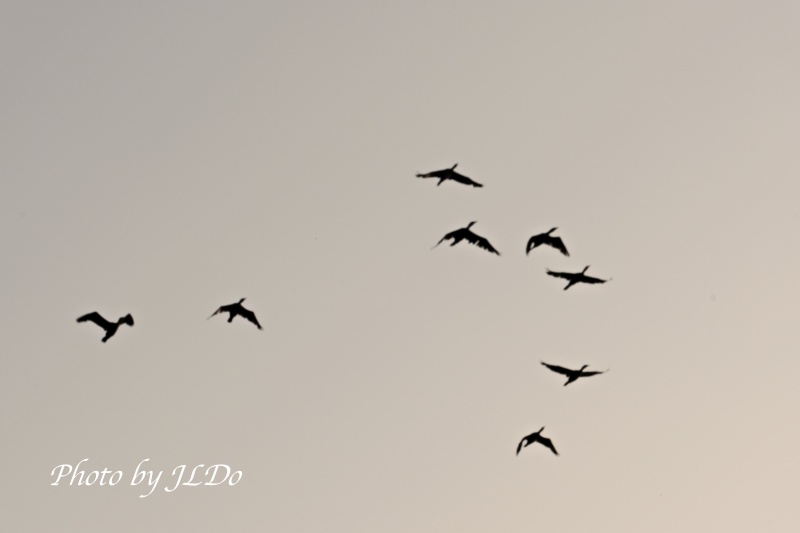
There is a Thousand Island Lake here in Nanti Defense, and there are many small islands for waterfowl to roost, whether it is terns, ducks, or egrets, you can see them here, a little farther away from the land, and if you have a telescope, it will be better.
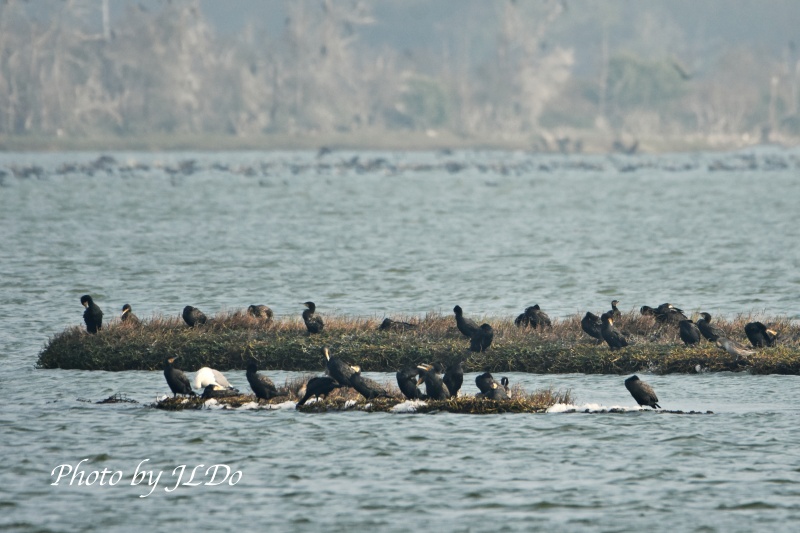
The island is full of black-faced spoonbills.
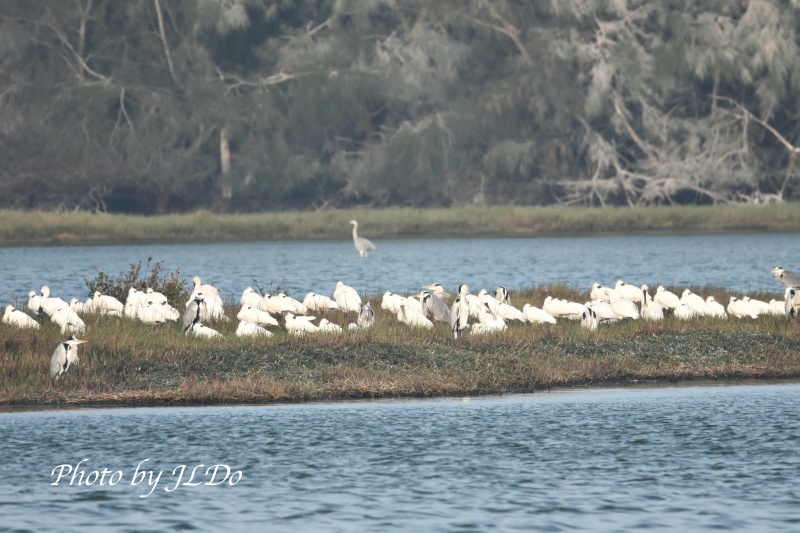
When night comes, the quails stand on poles to dry their wings.
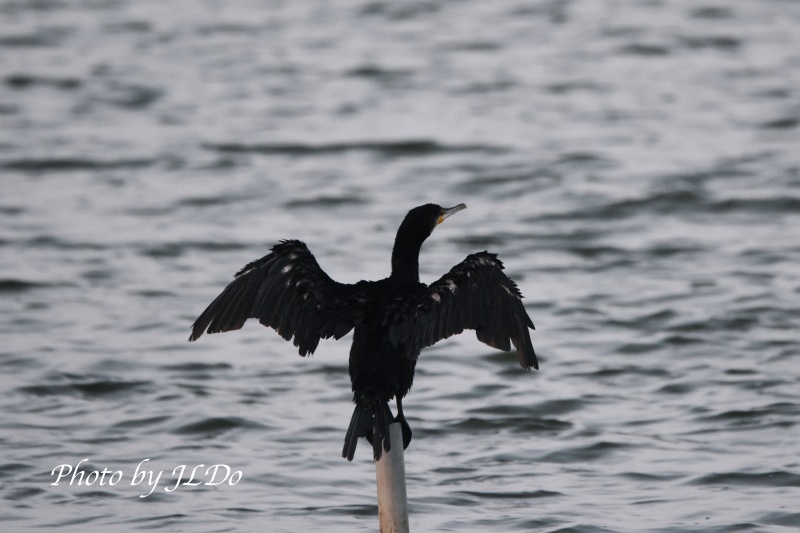
There is a chance to find Black Spoonbills in the vicinity of Qiandao Lake, not that I intentionally get close to it, but there are some food for them along the waterfront close to the road, which is a bit closer than the Tainan Black Spoonbill Reserve. There are so many migratory birds in Ao Drum that I can’t get enough of them to photograph every year, and I still have some other photos of birds in Ao Drum I have taken but didn’t post them for sharing, so why not take a walk and discover them yourself?
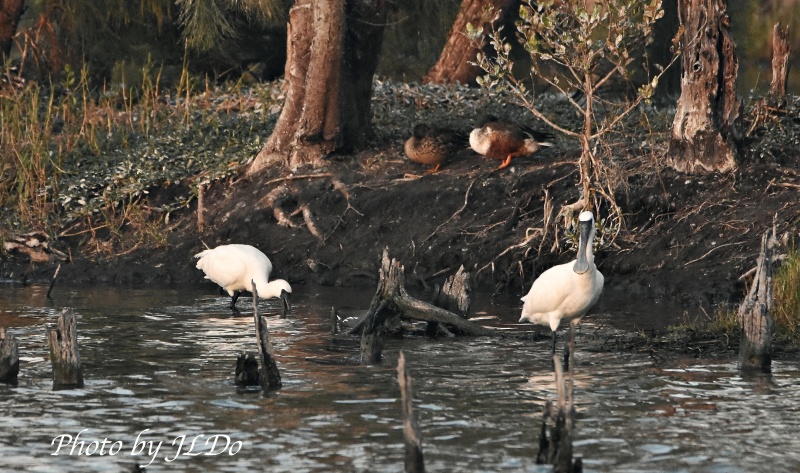
Pre-trip highlights:
- Season for visiting: November to March.
- Best time for bird-watching: Sunrise to 09:00 and 15:00 to sunset
- Suitable weather: cloudy and sunny. (Cold front is not recommended, birds hide and you can only go to the cold wind when you come)
- Wear: Jacket, hat, sunglasses.
- Suggested equipment: 7~10x binoculars. (Without binoculars, there is a chance to see the waterfowl flock very close)
Google Map:
- Red Line: Wetland Ecological Experience Trail (Walking)
- Blue Line: Seaview Pavilion (driveable)
- Green Line: Outer Levee Wetlands (driveable)
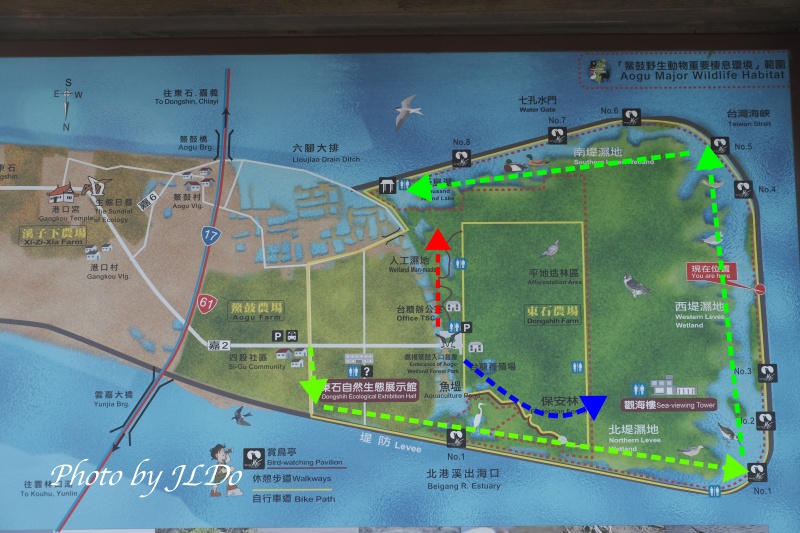
Wetland Ecological Experience Trail
Seaview Pavilion
Outer Levee Wetlands
Taiwan car rental

(high speed railway station pick up the car)
